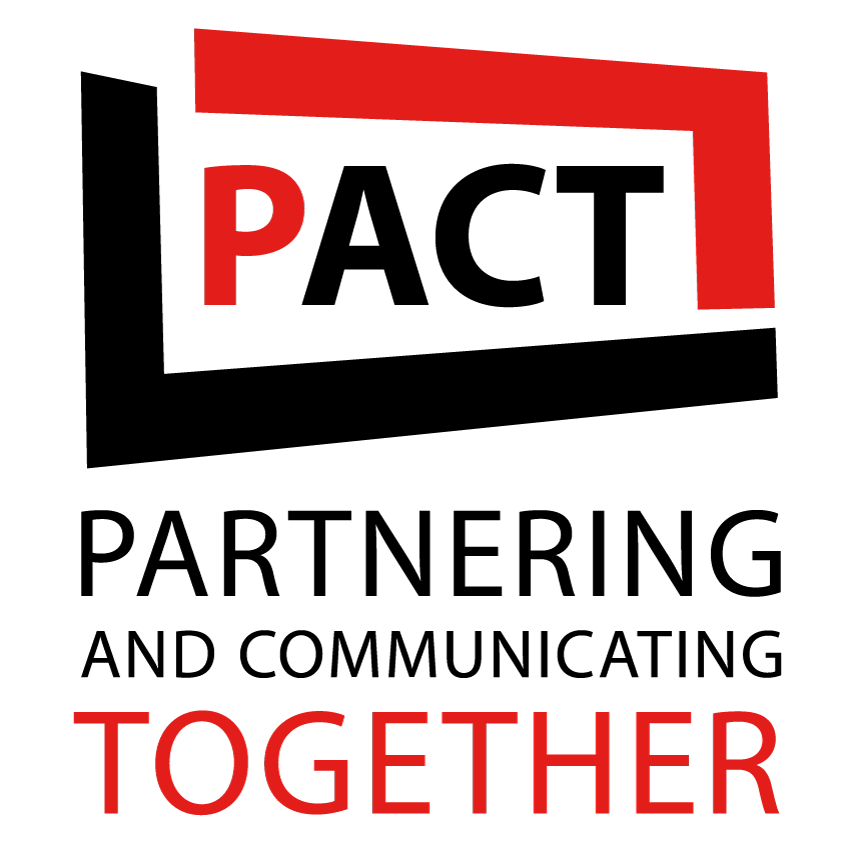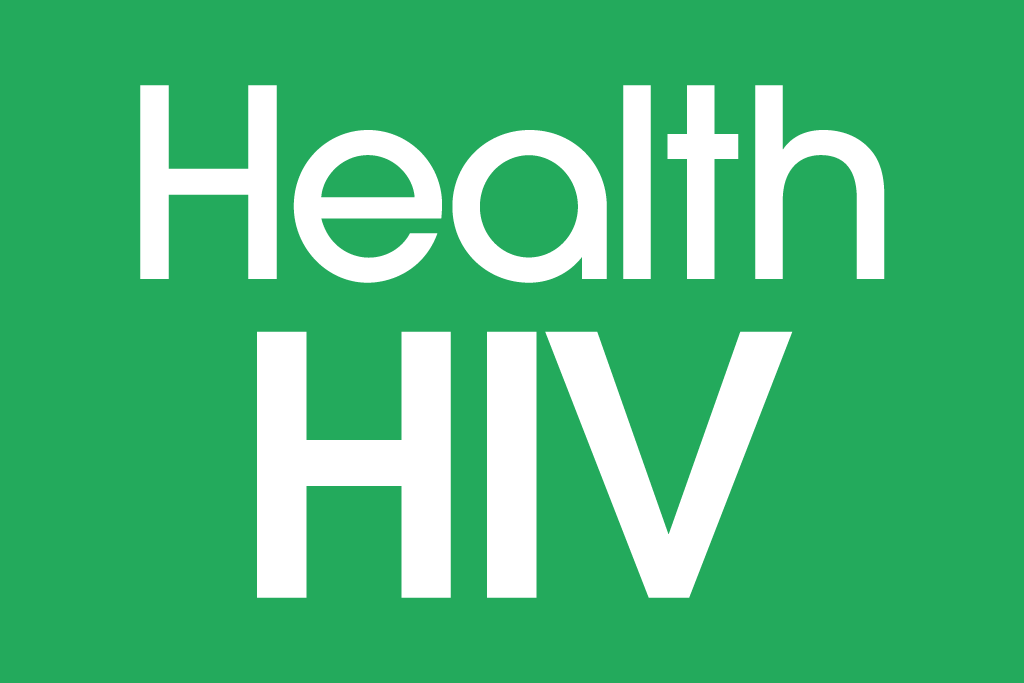Regional early intervention services for HIV prevention and treatment continue to be a priority for the District and those who live, play and work in the eligible metropolitan area. While client needs may differ, prevention and treatment efforts across the care continuum must utilize a standardized approach. To improve access to and use of quality, client centered services for individuals most affected by this epidemic, continuous program monitoring and evaluation is necessary. This presentation seeks to employ efficient methods to monitor and evaluate data collected in the HI-V pillars.
Learning Objectives:
- Identify the most common types of evaluation
- Determine if your project requires a process, impact or outcome evaluation
- Identify the benefits of quality improvement
- Identify methods to monitor and evaluate the HI-V pillars
Please view the Youtube video to watch the session.



